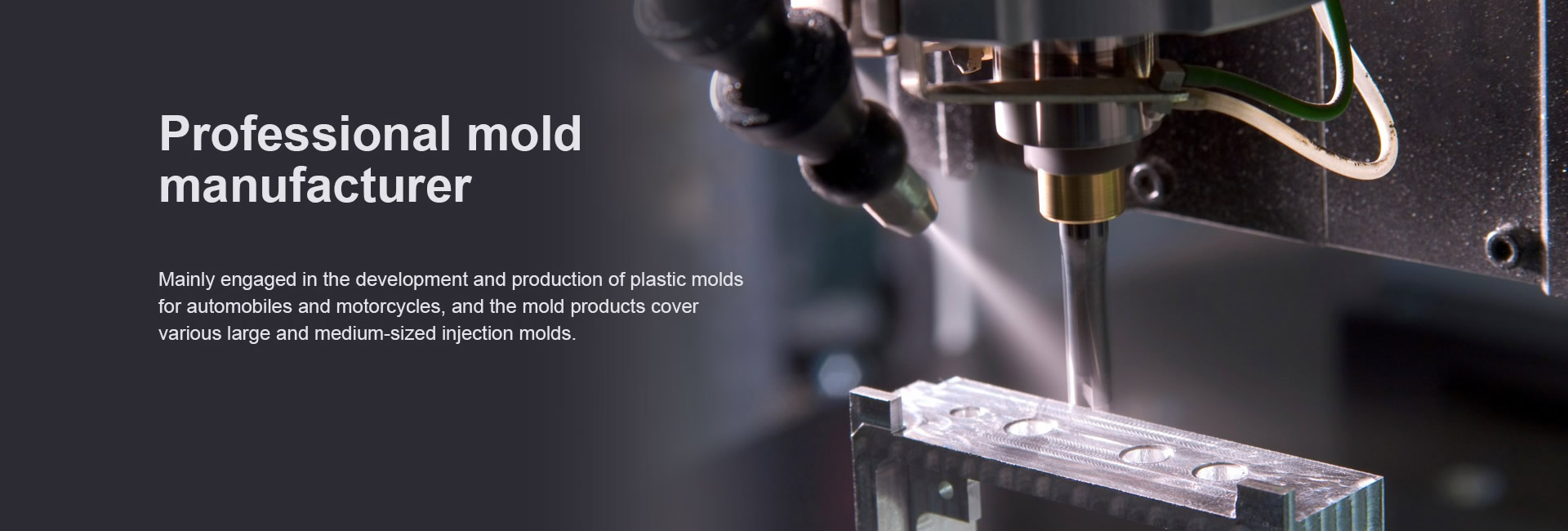How Can ABS Injection Molded Parts Increase Brightness?
Injection mold
1. If the mold cavity is poorly processed, such as scars, micro-holes, abrasion, roughness, etc., it will inevitably reflect on the plastic parts and make the plastic parts poor in gloss. For this, the mold must be carefully processed to make the cavity surface more Small roughness, chrome plating can be polished if necessary.
2. If there are oil stains, water stains on the surface of the cavity, or too much release agent, the surface of the plastic parts will be dark and dull. For this, the oil stains and water stains should be removed in time, and the release agent should be used in a limited amount.
3. If the demoulding angle of the plastic part is too small, it will be difficult to demould, or the force applied during demolding is too large, so that the surface of the plastic part will have the best gloss. For this, increase the demoulding angle.
4. If the mold exhaust is poor, too much gas will stay in the mold, which will also cause poor gloss. For this, check and correct the mold exhaust system.
5. If the cross-sectional area of the gate or runner is too small or changes suddenly, the shear force will be too large when the melt flows in it, and it will flow in turbulent dynamics, resulting in poor gloss. For this, the gate and runner should be appropriately enlarged Cross-sectional area.
Two, injection molding process
1. If the injection speed is too low, the surface of the plastic part is not dense and the gloss is poor. For this, the injection speed can be appropriately increased.
2. For thick-walled plastic parts, if the cooling is insufficient, the surface will be hairy and the gloss will be dark. For this, the cooling system should be improved.
3. If the holding pressure is insufficient and the holding time is too short, the density of the plastic parts is insufficient and the gloss is poor. For this, the holding pressure and holding time should be increased.
4. If the melt temperature is too low, the fluidity will be poor and it is easy to cause poor gloss. For this, the melt temperature should be appropriately increased.
5. For plastic parts made of crystalline resin, such as PE, PP, POM, etc., uneven cooling will cause poor gloss. For this, the cooling system should be improved to make it evenly cooled.
6. If the injection speed is too high and the cross-sectional area of the gate is too small, the pouring product will be dark and poor in gloss. For this, the injection speed can be appropriately reduced and the cross-sectional area of the gate can be increased.
Three, raw materials
1. The large difference in the particle size of the raw materials makes it difficult to plasticize uniformly, and the gloss is poor. For this, the raw materials should be screened.
2. Too much recycled materials or nozzle materials are added in the raw materials, which will affect the uniform plasticization of the melt and cause poor gloss. For this, the amount of recycled materials or nozzle materials should be reduced.
3. Some raw materials will decompose and change color during temperature adjustment and cause poor gloss. For this, raw materials with better temperature resistance should be selected.
4. The content of moisture or volatile matter in the raw material is too high, which volatilizes into gas when heated, and condenses in the cavity and melt, resulting in poor gloss of the plastic part. For this, the raw material should be pre-dried.
5. The dispersibility of some additives is too poor and the gloss of the plastic parts is poor. For this, the additives with better flow properties should be used.
6. The raw materials are mixed with foreign matter, miscellaneous materials or incompatible materials, and they cannot be uniformly mixed with the raw materials to cause poor gloss. For this, these miscellaneous materials should be strictly excluded in advance.
7. If the amount of lubricant is too small, the fluidity of the melt will be poor, and the surface of the plastic part will not be dense, resulting in poor gloss. For this, the amount of lubricant should be appropriately increased.




